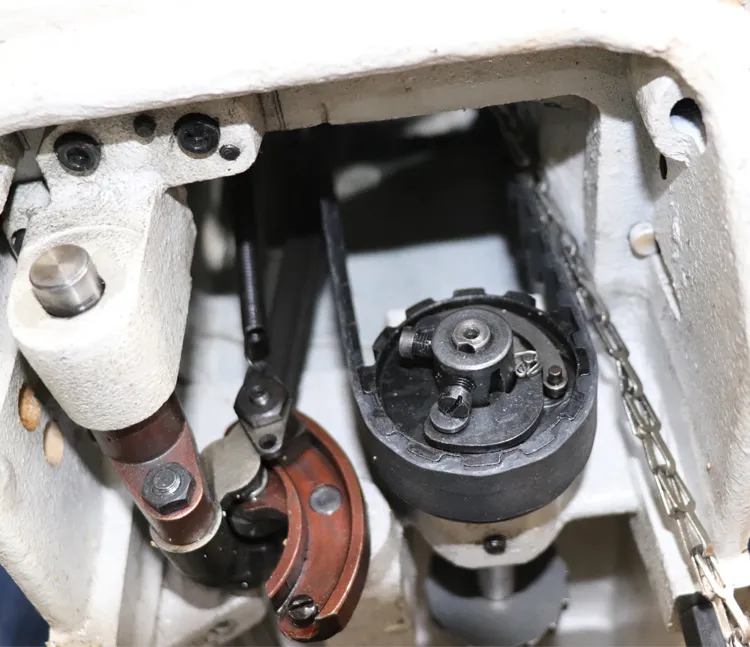What is a Lock Stitch on a Sewing Machine? | Understanding Lock Stitching Techniques
Understanding Lock Stitch on a Sewing Machine
When it comes to sewing, understanding the various types of stitches and their functions is crucial, especially for those who wish to achieve high-quality results in their projects
. One of the most common and fundamental stitches used in sewing machines is the lock stitch.A lock stitch is created using two threads the upper thread and the lower thread. The upper thread is threaded through a needle and guided down into the fabric, while the lower thread is located on the bobbin beneath the sewing machine’s needle plate. As the needle penetrates the fabric, it pulls the lower thread up through the fabric layers, forming a secure stitch that combines both threads in a locked formation. This unique mechanism is what gives the lock stitch its name.
One of the key benefits of the lock stitch is its strength and durability. This type of stitch is less likely to unravel or come apart compared to other stitches, making it ideal for seams and hems in garments, curtains, and upholstery. The tight interlocking of the threads creates a reliable bond that can withstand tension and stress, ensuring that your creations stay intact over time.
what is a lock stitch on a sewing machine

Additionally, the lock stitch creates a neat and clean appearance on both the front and back of the fabric, which is essential for professional-looking finishes. The simplicity of the lock stitch also allows for versatility in sewing applications. It can be used for various types of fabrics, from lightweight cotton to heavier materials like denim and canvas, making it a favorite among sewers of all skill levels.
Moreover, the lock stitch can be adjusted for different sewing needs by changing the tension settings on the machine. This allows for customization based on the fabric type, thickness, and desired outcome of the project. Properly set tension ensures that stitches are neither too tight nor too loose, which can significantly affect the quality of the finished product.
In conclusion, the lock stitch is a fundamental stitch in sewing, providing strength, durability, and aesthetic appeal to sewn items. Its ease of use and adaptability make it ideal for various sewing projects, whether you are a beginner or an experienced sewist. Understanding the mechanics of the lock stitch and how to use it effectively can elevate your sewing skills and lead to beautiful, long-lasting creations.
-
Industrial Cylinder Arm Sewing Machine: Revolutionizing Heavy-Duty SewingNewsJul.28,2025
-
Cylinder Arm Sewing Machine: Perfect for Special Sewing ApplicationsNewsJul.28,2025
-
Cylinder Bed Sewing Machine: Essential for Sewing Complex MaterialsNewsJul.28,2025
-
Heavy Duty Sewing Machine: The Essential Tool for Industrial ApplicationsNewsJul.28,2025
-
Computerized Pattern Sewing Machine: Revolutionizing Precision StitchingNewsJul.28,2025
-
Heavy Duty Industrial Sewing Machine: Power Meets PrecisionNewsJul.28,2025
-
Leather Sewing Machine: The Industrial Standard for Tough MaterialsNewsJul.18,2025





























